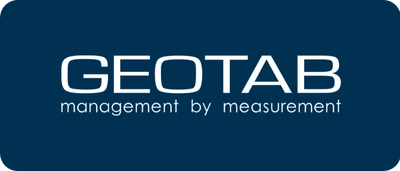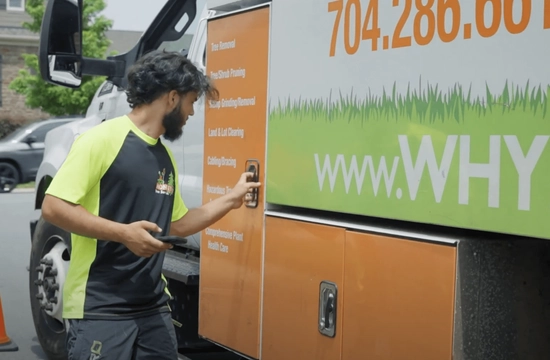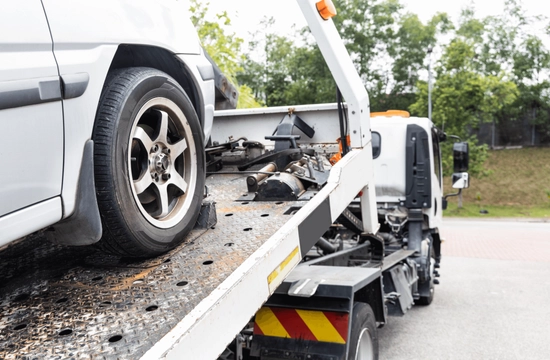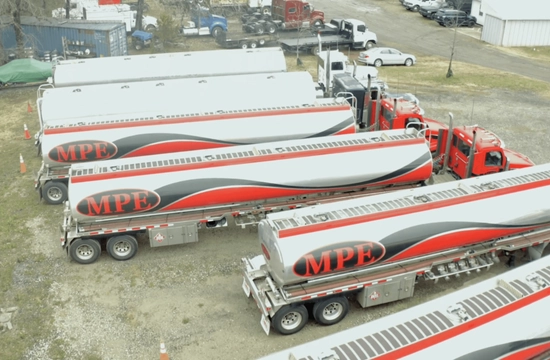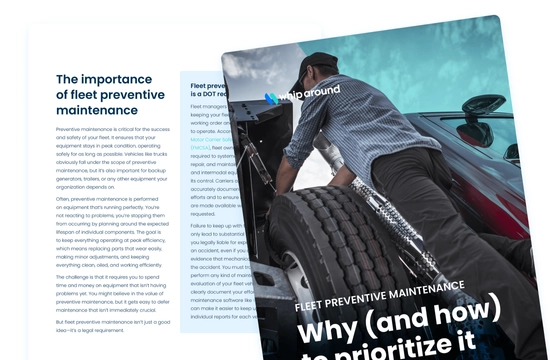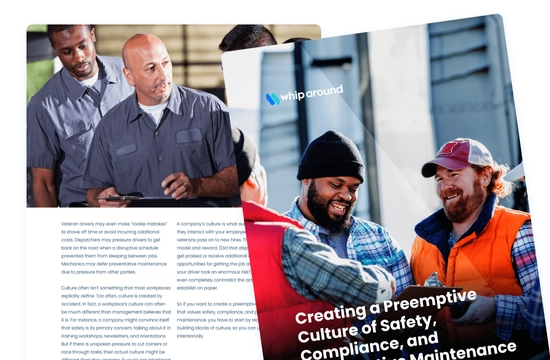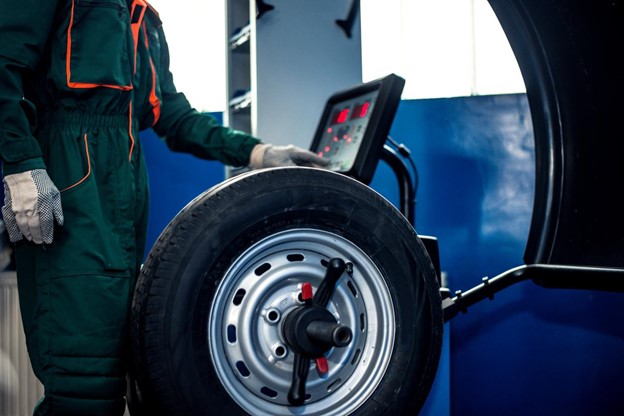- SolutionsMaintenance
Fleet maintenance software for vehicles and equipment
ComplianceEverything you need to keep your fleet compliant with the DOT
InspectionsVehicle inspection software that keeps you compliant and cuts costs
ReportingAccess the vital data you need to optimize the performance of your fleet
Fuel ManagementTrack fuel usage in real time and maximize profitability through fuel cost tracking
IntegrationsSee all - CustomersFeatured Case StudiesSee all
![Spartan Logistics]() Spartan Logistics
Spartan LogisticsSpartan Logistics is a safer, more efficient business by keeping their maintenance up and costs down with Whip Around.
View case study![Monster Tree Service]() Monster Tree Service
Monster Tree ServiceWhip Around gives Monster Tree Service visibility on vehicle & equipment location, condition, what work is due and what has been completed
View case study![Northwest Repossession]() Northwest Repossession
Northwest RepossessionNorthwest Repossession saves tens of thousands of dollars every year by staying totally compliant with Whip Around.
View case study![M. Pittman Enterprises]() M. Pittman Enterprises
M. Pittman EnterprisesThe team at M. Pittman turned to Whip Around for a digital solution to take the guesswork out of their preventive maintenance process.
View case study - ResourcesFeatured ContentSee all
![eBook: Fleet preventive maintenance: Why (and how) to prioritize it]() eBook: Fleet preventive maintenance: Why (and how) to prioritize it
eBook: Fleet preventive maintenance: Why (and how) to prioritize itEverything you need to make preventive maintenance a priority for your fleet.
View eBook![eBook: Creating a preemptive culture of safety, compliance, and preventive maintenance]() eBook: Creating a preemptive culture of safety, compliance, and preventive maintenance
eBook: Creating a preemptive culture of safety, compliance, and preventive maintenanceHow to build a preemptive culture of safety in six steps.
View eBookResource Type - Pricing
What Is the Vehicle Maintenance Reporting Standards (VMRS)?

Vehicle maintenance is a critical part of keeping your fleet functioning as well as possible. Many fleets struggle with the maintenance requirements of the many trucks that hit the road every day. This includes both regular maintenance and vital repairs when those vehicles have problems. The VMRS, developed in 1970, was designed to help provide clarity and insight into what maintenance has taken place on fleet vehicles in a more precise way.
What Is VMRS?
The vehicle maintenance reporting standards (VMRS) are numerical coding designations that offer more insight into exactly what maintenance has been performed on a truck. Each component of the VMRS code contains a piece of information regarding what maintenance occurred.
Take component codes, for example. Each one contains three, three-digit codes that offer essential information about a specific repair. The three codes include one for the system, one for the assembly, and one for the specific component. Within VMRS coding, mechanics can find more than 33,000 variations that help break down the specifics of the repair: which system needed the repairs, which specific assembly within the system received repairs, and which specific part required maintenance.
After inputting the component code, the mechanic will note what was required for the system (needs repairs, for example) and whether the work was already accomplished or is pending.
The Importance of the VMRS
“VMRS was really developed to keep typing at a minimum,” explained Jack Poster, VMRS services manager for the ATA’s Technology & Maintenance Council, on a recent webinar hosted by Infor and FleetOwner. “Techs are paid to work on vehicles. They’re not typists. Some technicians are going to spend longer typing in a work order than they are doing the repair.”
Not only does the VMRS cut down on typing time, it offers several advantages that are critical to overall fleet maintenance and repairs.
Precise, Reliable Information
Many mechanics have their own opinions about specific brands and processes – but when it comes down to it, they may not be able to describe exactly why they have those specific biases. While biases are fine when it comes to how mechanics get the job done, concrete data is essential for overall fleet management purposes.
VMRS is designed to provide that precise information. Its 64 main code keys help organize everything: the type of equipment, the category of the equipment, and even the reason for repairs. Furthermore, it offers specific codes for each manufacturer. That precise, clear information avoids mechanic embellishment and makes it easier to consider hard data.
Easier Search and More Comprehensive Information
Thanks to VMRS coding, it’s much easier to keep up with exactly the information you need about particular repairs: repairs for individual trucks, repairs for specific brands, and even what parts you’re most likely to have to replace – and which ones might be posing an unexpected financial burden for your fleet.
Does a specific brand break down more quickly? Is a specific driver having more problems with a specific component – potentially regardless of which truck he or she drives? With VMRS coding, trucking companies can easily break down those costs and, in many cases, reduce them. They can buy parts that are more likely to save money, stick with brands they trust, and identify problems with trucks or drivers that may need more detailed attention.
Performance Records
In addition to making information easily searchable, VMRS coding makes it easy to record and view past maintenance records. Before making a new equipment purchase, a fleet can look back and see how certain OEM trucks performed. Other records, especially hand-typed ones, might just note that the truck was in for maintenance without noting why. If you’re just relying on time in the shop, you might end up with skewed information about your fleet. That could lead to inefficient or even poor financial decisions down the line. Clear coding, on the other hand, makes it easy to see why trucks may have been in for maintenance, what care they may have needed, and whether the truck itself or some outside influence created a problem. For example:
- Tornadoes and natural disasters could require truck maintenance regardless of brand, design, or use
- A towed truck might occur due to driver exceeding hours of service, a breakdown, a load shift, or an accident
- Some trucks may end up needing maintenance more often due to driver error, including accidents
The VMRS code can provide that essential information, which fleets can then use to make critical decisions about future purchases and service needs.
Proactive Response to Trends
The cost of roadside breakdowns increased 26% (to $450) from 2018 to 2019, with five VMRS systems accounting for 64% of these events. Some fleets may have noticed their own trends, depending on the brands they use or the specific cargo they haul.
With VMRS tracking, your fleet can easily identify potential trends, and respond proactively to them. Do you need to:
- Institute a specific type of maintenance more frequently?
- Change brands of a specific part or product?
- Look into driver habits?
VMRS coding provides much deeper insights into all of those elements. This can make it easier for you to cut unnecessary maintenance costs.
Decreased Data Entry Errors
Using VMRS also reduces accidents in data entry. Part numbers can be complicated, including long strings of numbers, hyphens, and characters. One wrong digit can change the entire meaning of a maintenance report. Then, make it much more difficult to search that report later. VMRS coding, on the other hand, offers a much clearer code that clearly identifies each component, making data entry errors far less likely. Short identifiers – usually 3-digit strings – also make it easier to double-check for errors.
Clearer Communication
In addition to its other benefits, VMRS offers clear, quantifiable insights into a fleet’s needs that can be understood by everyone, from maintenance personnel on the ground working with the trucks to C-suite professionals who are overseeing maintenance, managing budgets, or checking reports for later information. Many fleets find that using VMRS can help reduce the gap between those organizations.
Learn More About Vehicle Maintenance Reporting Standards (VMRS)
VMRS is an essential way to improve communication and clarity as you manage your fleet’s maintenance requirements. Want to learn more about how VMRS can help improve your fleet? Contact us today.

